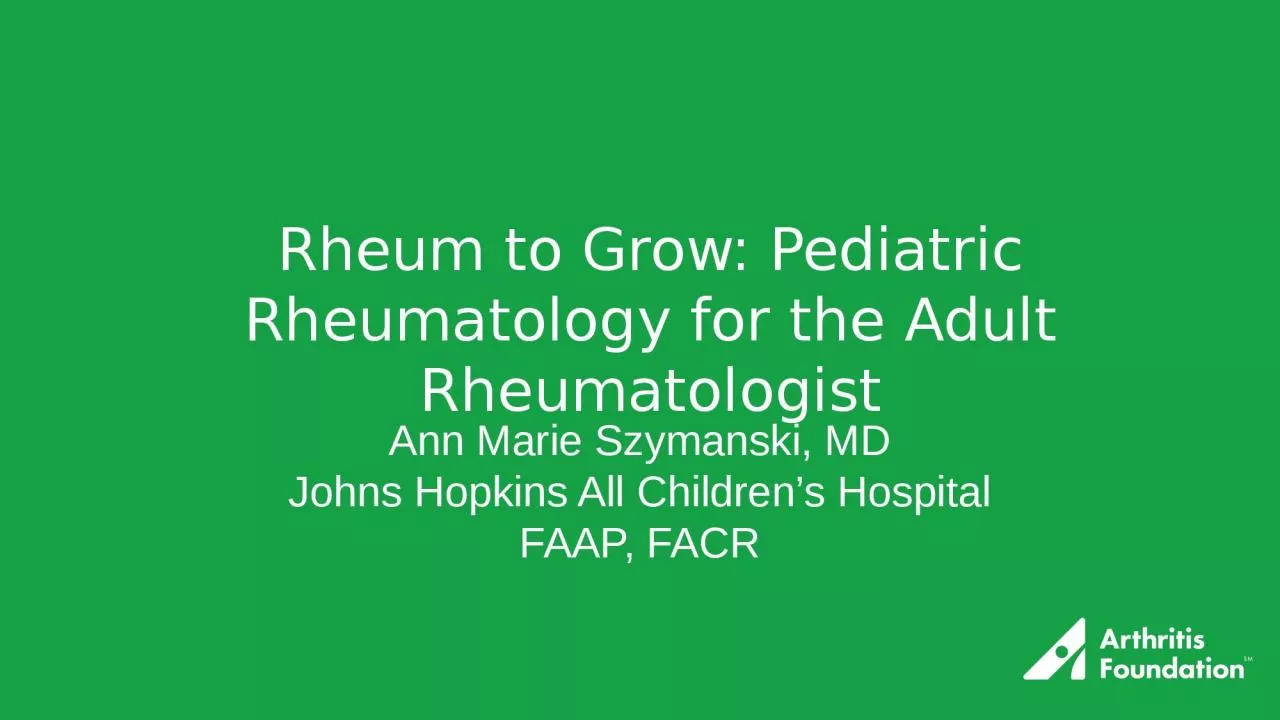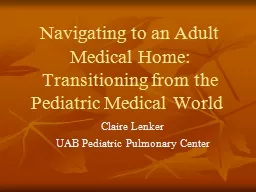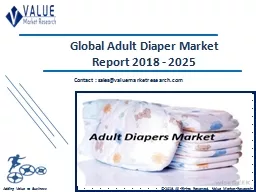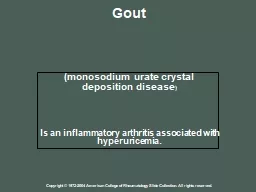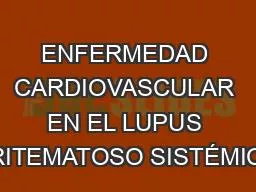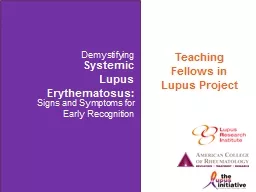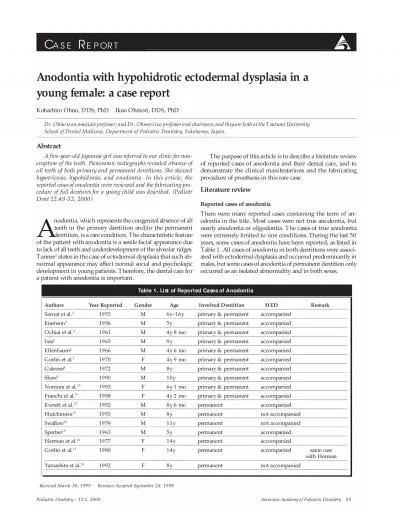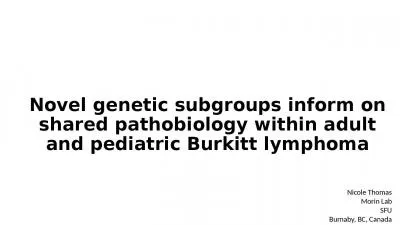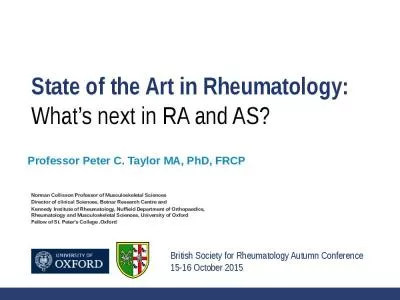PPT-Rheum to Grow: Pediatric Rheumatology for the Adult Rheumatologist
Author : jocelyn | Published Date : 2024-01-03
Ann Marie Szymanski MD Johns Hopkins All Childrens Hospital FAAP FACR Agenda Adult and Pediatric Rheumatology Workforce Juvenile Idiopathic Arthritis ChildhoodOnset
Presentation Embed Code
Download Presentation
Download Presentation The PPT/PDF document "Rheum to Grow: Pediatric Rheumatology fo..." is the property of its rightful owner. Permission is granted to download and print the materials on this website for personal, non-commercial use only, and to display it on your personal computer provided you do not modify the materials and that you retain all copyright notices contained in the materials. By downloading content from our website, you accept the terms of this agreement.
Rheum to Grow: Pediatric Rheumatology for the Adult Rheumatologist: Transcript
Download Rules Of Document
"Rheum to Grow: Pediatric Rheumatology for the Adult Rheumatologist"The content belongs to its owner. You may download and print it for personal use, without modification, and keep all copyright notices. By downloading, you agree to these terms.
Related Documents

